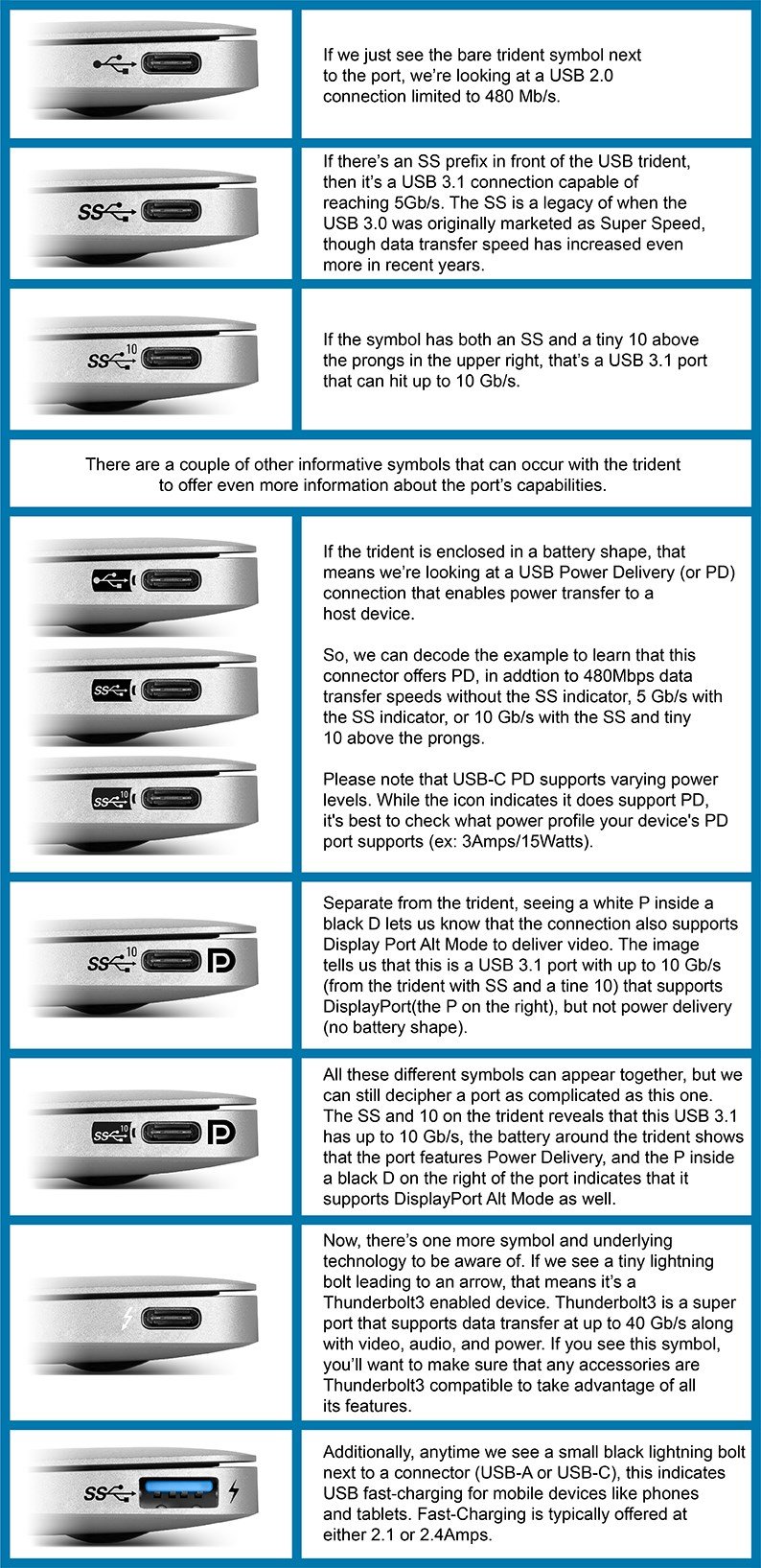this post was submitted on 09 Sep 2024
1595 points (97.4% liked)
Technology
69846 readers
3968 users here now
This is a most excellent place for technology news and articles.
Our Rules
- Follow the lemmy.world rules.
- Only tech related news or articles.
- Be excellent to each other!
- Mod approved content bots can post up to 10 articles per day.
- Threads asking for personal tech support may be deleted.
- Politics threads may be removed.
- No memes allowed as posts, OK to post as comments.
- Only approved bots from the list below, this includes using AI responses and summaries. To ask if your bot can be added please contact a mod.
- Check for duplicates before posting, duplicates may be removed
- Accounts 7 days and younger will have their posts automatically removed.
Approved Bots
founded 2 years ago
MODERATORS
you are viewing a single comment's thread
view the rest of the comments
view the rest of the comments

I work with this stuff, and I do understand it. Some of my colleagues are actively participating in USB-IF workgroups, although not the ones responsible for naming end user facing things. They come to me for advice when those other workgroups changed some names retroactively again and we need to make sure we are still backwards compatible with things that rely on those names and that we are not confusing our customers more than necessary.
That is why I am very confident in claiming those naming schemes are bad.
"don’t even bother learning it" is my advice for normal end users, and I do stand by it.
Never said it is hard.
It is more complex than it needs to be.
It is internally inconsistent.
Names get changed retroactively with new spec releases.
None of that is hard to learn, just not worth the effort.
Can you give a specific example of this?
I'd love to believe all your ethos arguments if you could give me some logos.
They're bad because manufacturers want to pass their usb 2.0 gear as "usb 3.0 compliant", which it technically is, and their usb 3.0 gear as "usb 3.2" because 3.2 Gen 1x1 is also 5gbps.
Also the whole alternate mode is awesome, but cheap hub chips don't bother trying to support it and the only people who do are the laptop ports so they can save $.40 on a separate hdmi port.
And don't get me started on all the USB-c chargers that only put out 1.5a because it's just a normal 7805 on the back end.
The USB X.X is just the version of the standard and doesn't mean anything for the capabilities of a physical device.
When a new standard comes out it superceeds the old one. Devices are always designed and certified according to the current standard.
Soooo...What are you talking about?
I'm talking about using the standard traditionally to denote the performance of the connection.
You don't go around talking about your "Usb 3.0 device" that runs at 480mbps unless you're trying to be a massive dickhole.
That's what I'm talking about.
A device or port that does 480mbps transfer speeds is a "Hi-Speed" device/port. That's the real name and always has been.
It doesn't matter what version of the USB spec it was certified under. If it was designed between 2000 and 2008 it was certified under USB 2.0 or 2.1
If that device was certified between 2008 and 2013 then it was certified under USB 3.0. That absolutely doesn't make it a "SuperSpeed" device/port, but that's more than clear when we use the real names.
Nobody uses that, they use the spec number because that's what they've been taught, and they identify with it more than the incredibly stupid 'full/high/super/duper/ultramegahyperspeed' convention which the idiots at the siig decided to break again in 3.2.
Everybody literally on the planet agrees the system is moronic, you're literally the only person who dissents, congratulations on that.
Then just be as mad as you want--that's the whole point of the news cycle anyways! Why bother learning? Congrats, chaos wins!
I've integrated the IP on silicon (copy pasta with axi mostly), it's not me who has the problem, it's normal people who don't live this shit and just want the plug to work best, which isn't what happens at all.
The naming is a joke to everyone but keep being proud of it.